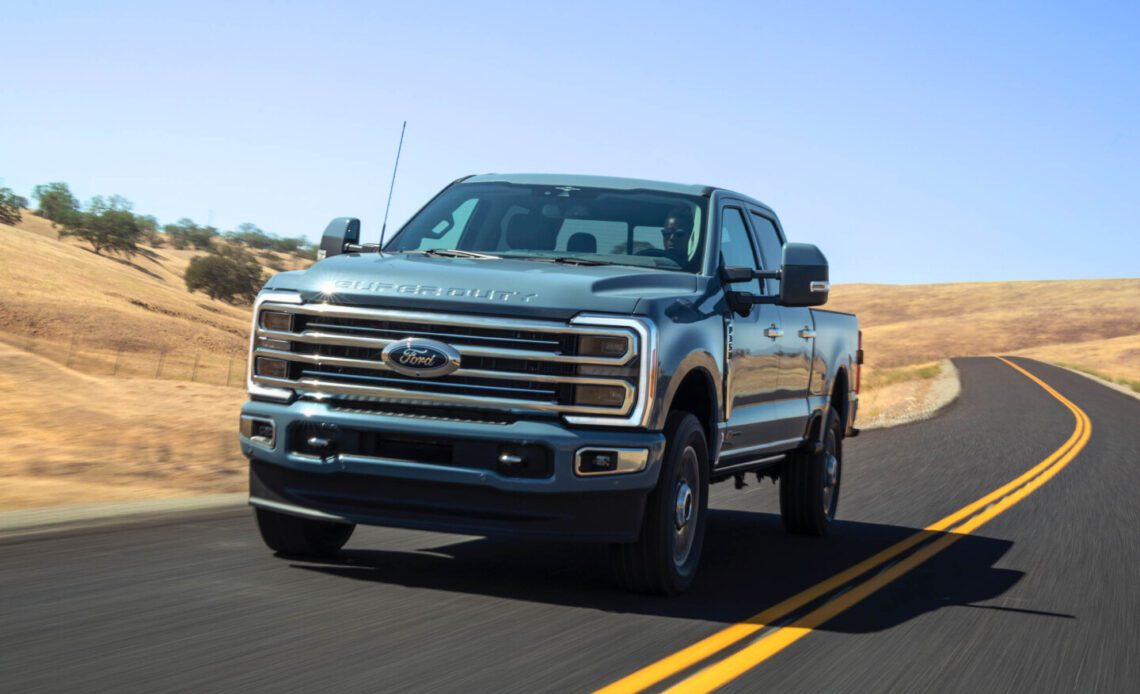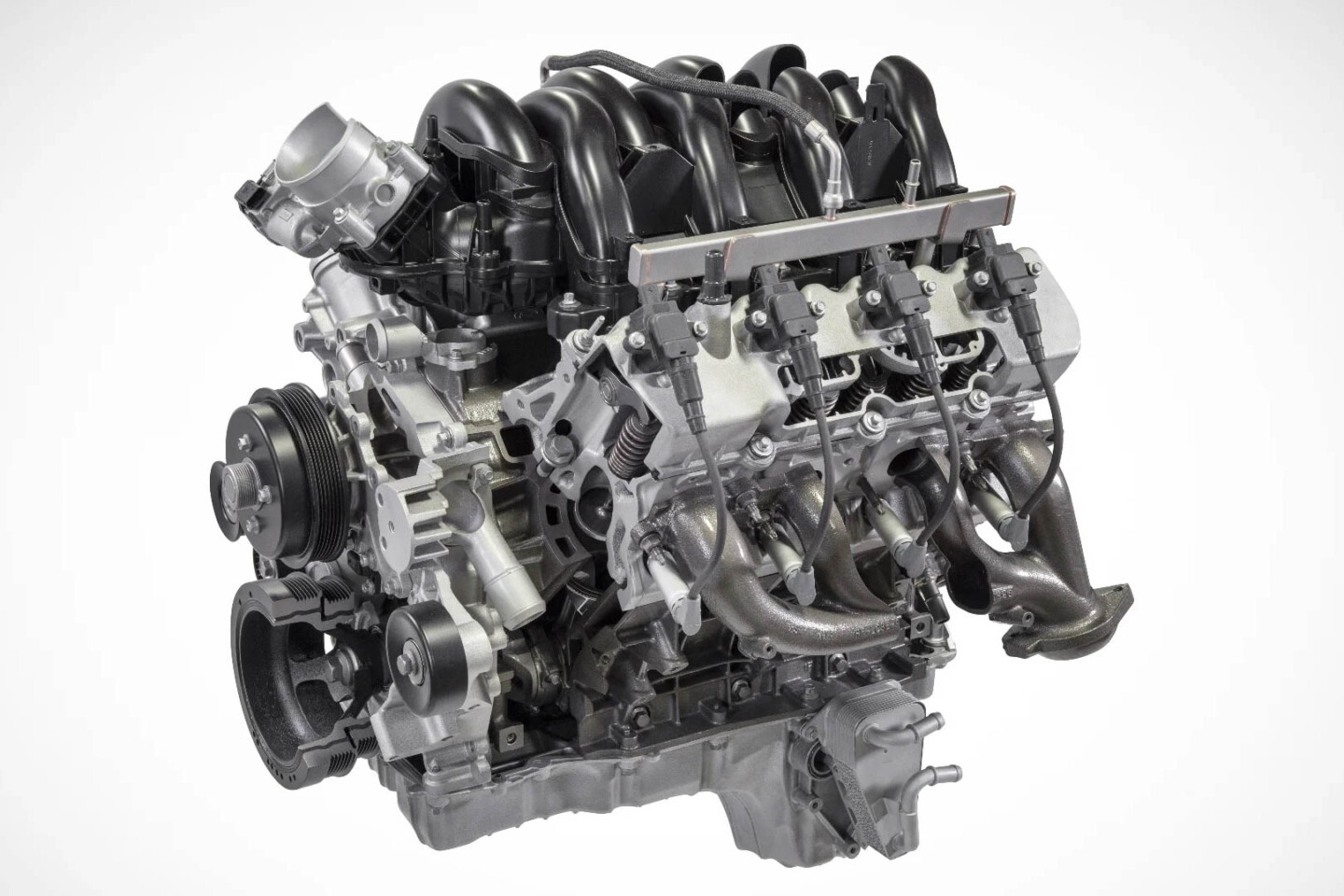When Ford introduced the 7.3-liter Godzilla engine to the truck market, it became a massive hit. The dated Boss 6.2-liter platform was on its way out, and not everyone desired the cost of owning a diesel. This new 445-cubic-inch pushrod platform produced 430 horsepower at 5,500 rpm and 475 lb-ft of torque at 4,000 rpm. This represented a significant improvement over the 6.2 architecture, which only delivered 385 horsepower and 430 lb-ft of torque. While these numbers may seem healthy to most muscle car and truck owners, the issue was that it was attached to a 6,000-pound-plus truck, and racing was not the intended purpose of these trucks.
Small-Block Ford 2.0
Gearheads and hot rodders haven’t changed their passion for seeking out stronger engine combinations, and the newly-fortified Ford engine was catching the eyes of many as the potential successor to the original small-block Ford. The simplicity of the pushrod setup, featuring a single cam-in-block, was in stark contrast to the complex Modular Coyote engine with its four cams located in the heads. This swayed many owners toward the Godzilla swap. Ford even made it easy with a crank flange that mirrored the Coyote, allowing you to use the same 6R80, 10R80, or even the MT82 transmission.
At this point, you might be gung-ho to find a wrecked F-250 or F-350 or rely on the Ford Performance website for a crated Godzilla engine. However, since the engine was designed for a truck, there are a few variables you have to overcome to fit the Godzilla into most vehicles, starting with that giant oil pan placed on the 7.3’s bottom side.
Godzilla-Sized Oil Sump
Why is the Godzilla oil pan so large, you might ask? Well, we spoke with some engineers at Ford who were part of the Godzilla engine program during its early stages, and they explained that it all comes down to oil flow requirements. They informed us that the 7.3-liter Godzilla engine is equipped with high-flow piston cooling jets, enabling a 10.5:1 compression ratio while using lower-octane 87 pump fuel. Even with the high compression ratio and 87 octane, the engine can operate at wide-open throttle continuously. For comparison, the Triton 6.8-liter V10 engine could only achieve a 9.2:1 compression ratio with these variables.
Click Here to Read the Full Original Article at DragzineDragzine…


